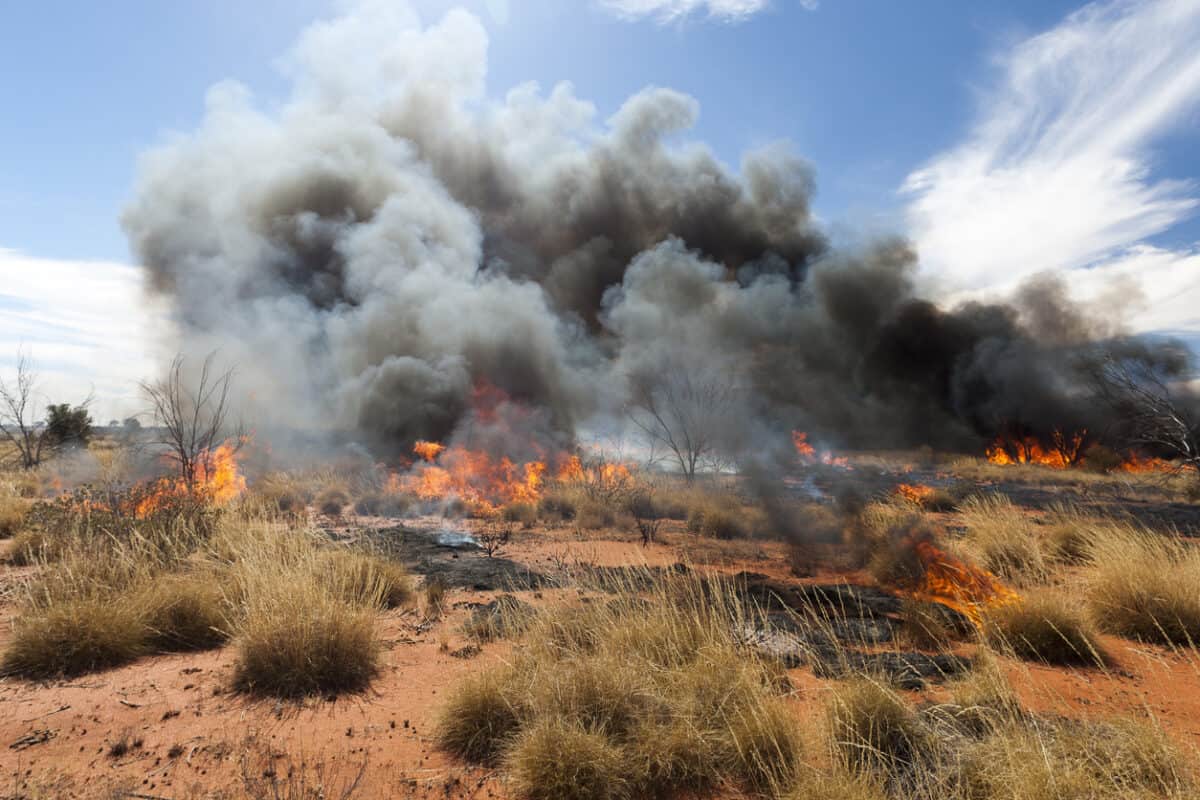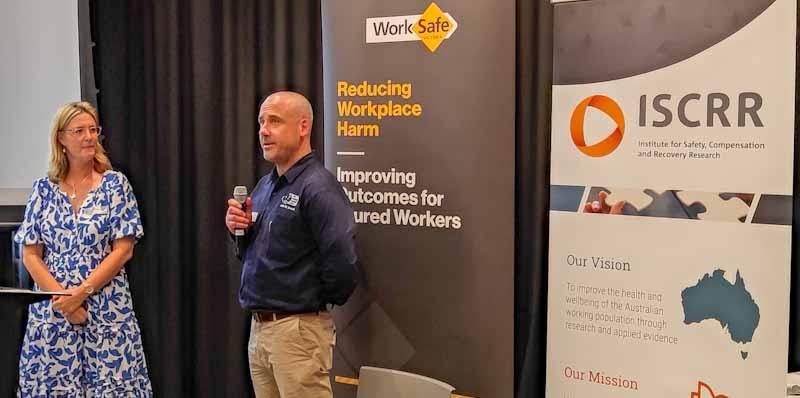Occupational health and safety (OHS) has never had a profile as high as that of the environmental protection movement. OHS has never had a single, focused advocate like Greenpeace to make it visible. OHS activists do not hang banners off Tower Bridge or throw eggs at politicians (yet). One of the characteristics shared by OHS and environmentalists is the lack of comedy. An existential crisis like climate change is hard to laugh about, just as workers are dying, but some would argue that such black comedy could be productive and promotional. A recent show on the BBC World Service, The Climate Question, looked at environmental humour, but there are OHS parallels.
Continue reading “Can we laugh at workplace health and safety?”Category: environment
The invisible and often very personal OHS hazard
There is a rather delicate work health safety challenge in the air as people increasingly return to working in close quarters with colleagues after the COVID-19 pandemic. Fragrances or, more precisely, hundreds of undisclosed chemicals in many scents and perfumed products, are playing havoc with the immune systems of COVID long-haulers.
In eastern Victoria, social worker Jenna* found herself gasping for breath in a meeting with a new heavily perfumed colleague. Jenna said:
“I started coughing uncontrollably. Within seconds, I could barely breathe, and I thought I was headed for hospital.”
Working in Heat, and Gwarda
New research into working in excessive heat concisely summarises the socioeconomic impacts but misses the obvious strategies to prevent or diminish these impacts. It also includes impacts on productivity, but heat and climate change are not in the current Australian business group discussions about productivity. Those groups could benefit from understanding Gwarda.
The US take on heat and climate change
Coincidentally, as Europe burns and a little blog in Australia writes about the occupational context of excessive heat, a new book called Heat – Life and Death on a scorched planet was in the bookstores. Jeff Goodell, like so many North American authors, writes for his local readers even though his publishers sell books globally.
However, he does address the occupational health and safety (OHS) impacts of heat and offers some adaptations.
Excessive heat is another reason to redesign work
There seems little doubt that global warming is now a reality. It has been forecast since the 1970s at least, but the fact of creeping change needs a turning point, and it seems that the current Northern Hemisphere Summer is that point. The Southern Hemisphere’s turn is only a few months away.
Few are talking about prevention. Instead, it is adaptation. Those adaptations need to be more than interventions at the individual level, such as increased hydration, wide-brimmed hats and facekinis. Global warming (climate change) has been a developing hazard for a while, contributed to by most countries and owned by none. Employees and customers need to reassess their work-related expectations. Here are some occupational issues and controls that deserve active reflection.
Is the OHS role in ESG overstated?
The March 2023 edition of Professional Safety, the journal of the American Society of Safety Professionals, included a lead story about the safety professional’s role in ESG (Environment Safety and Corporate Governance) strategies. Its perspective was a little unclear and was based on many assumptions.
One of the problems with the article is the assumption that the occupational health and safety (OHS) professional has a large influence over the decisions of the business. That is rarely the case, and there are many instances of OHS being sidelined or compartmentalised by structural and reporting lines and the exclusion of OHS from key decision forums like Board Meetings. So does OHS have a role and to what extent?
Research indicates OHS strategies
Last week, the Institute for Safety, Compensation and Recovery Research (ISCRR) conducted presentations of its latest research programs. Those projects included:
- Vicarious Trauma
- Evaluating Pilot Programs
- Bitumen Fume Exposure
- Systems Thinking







